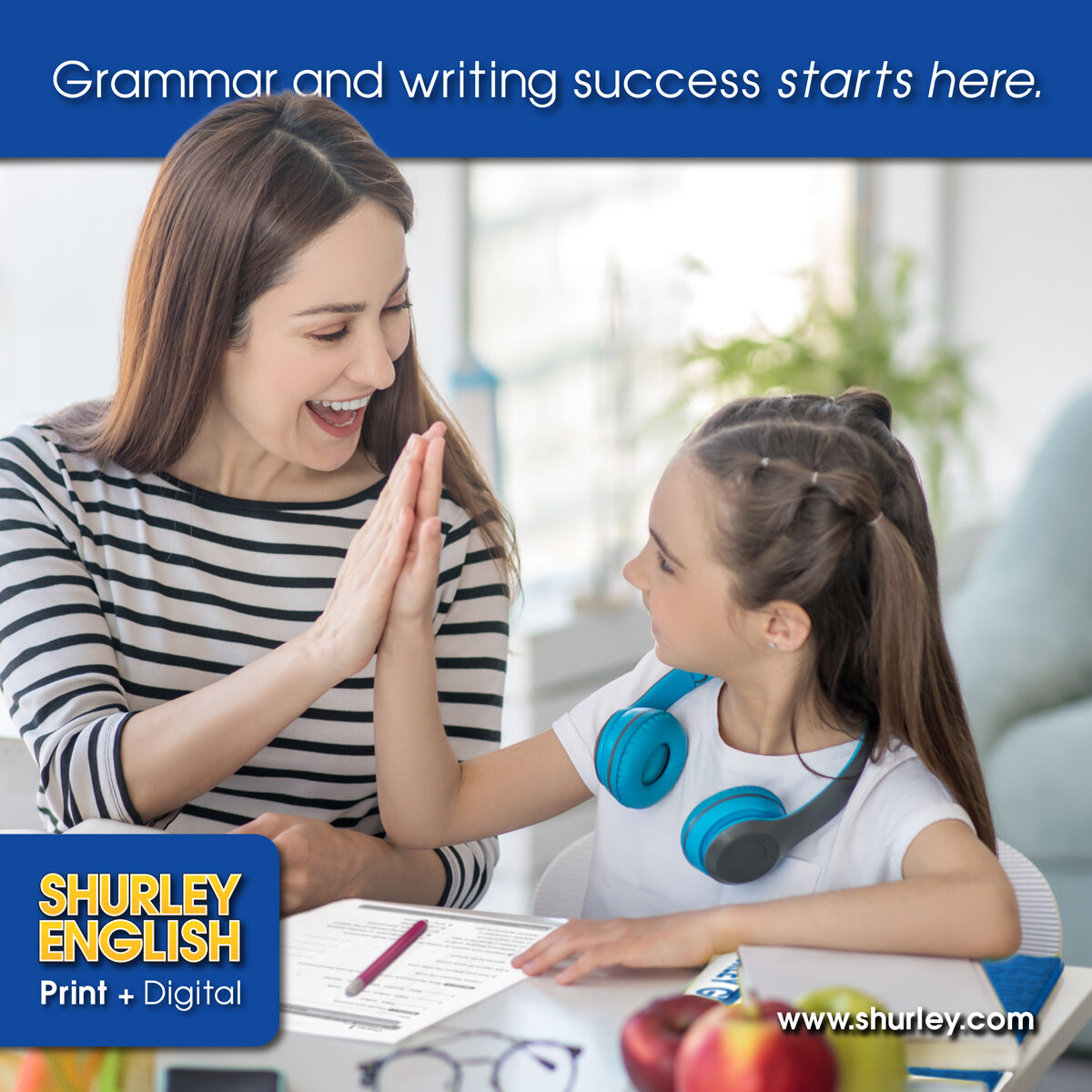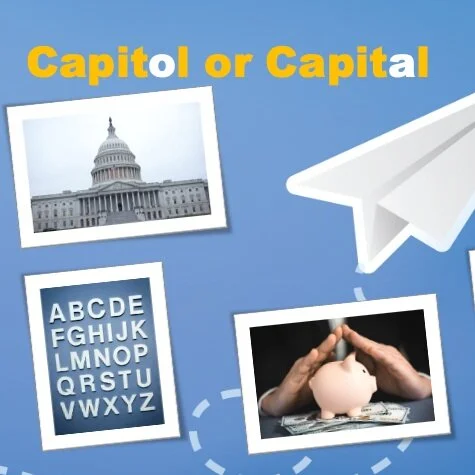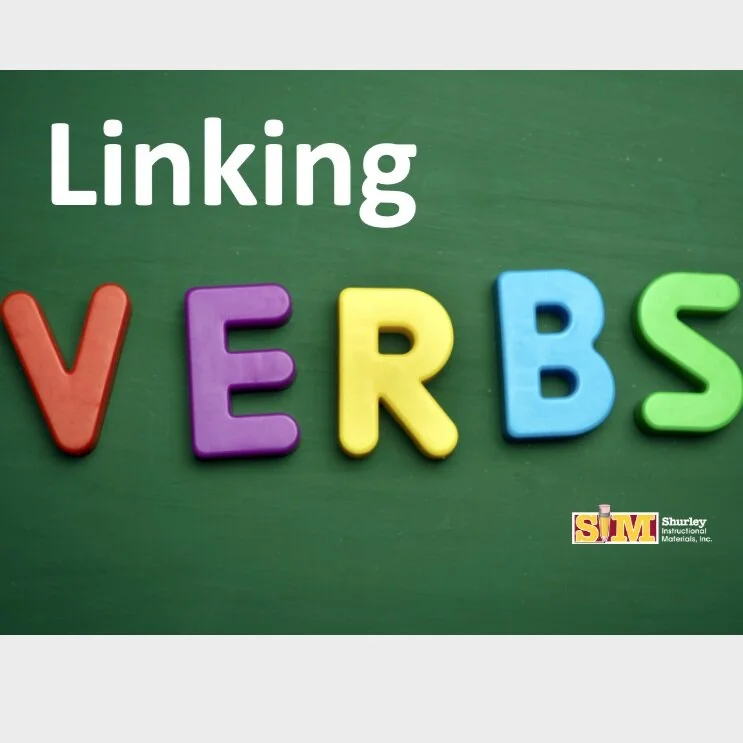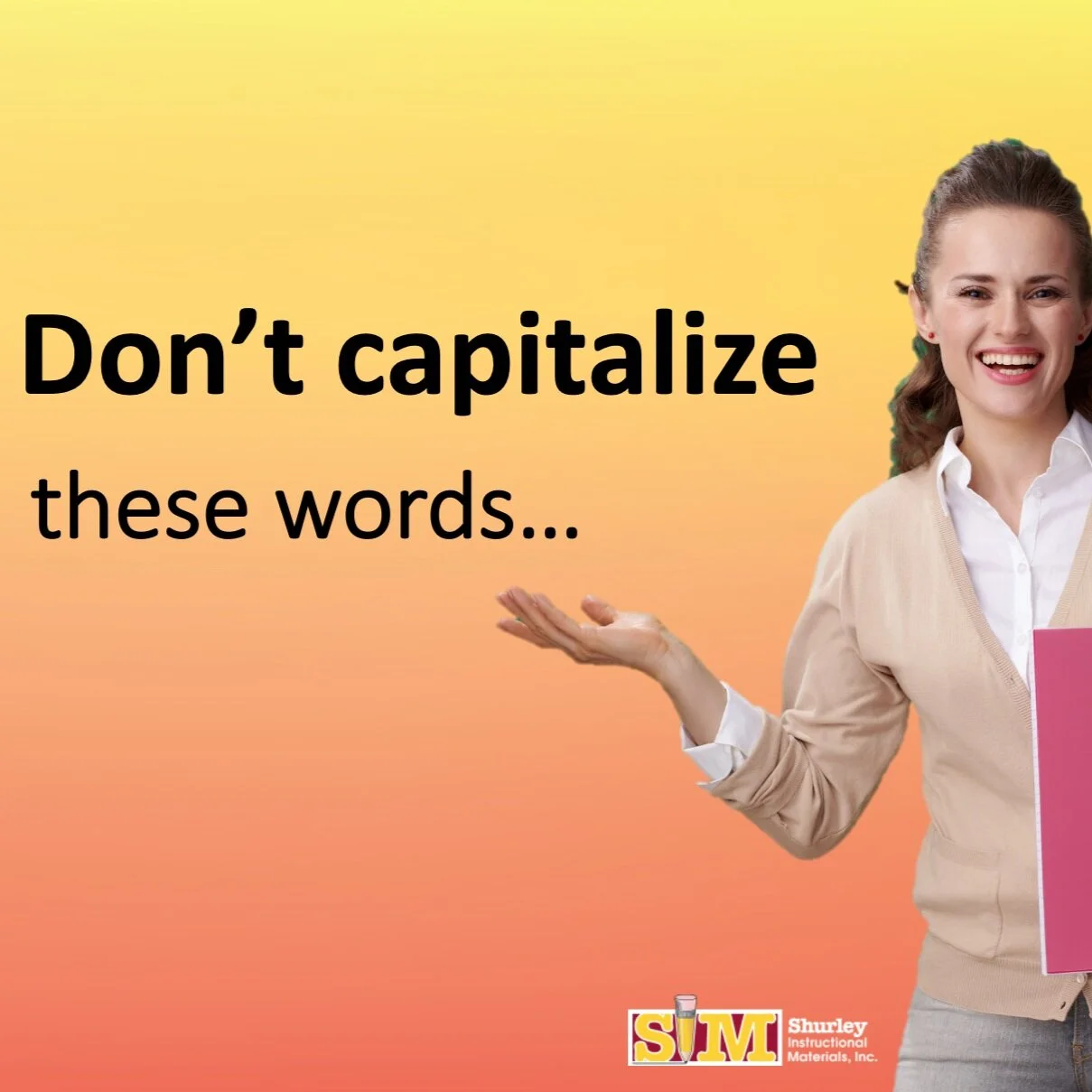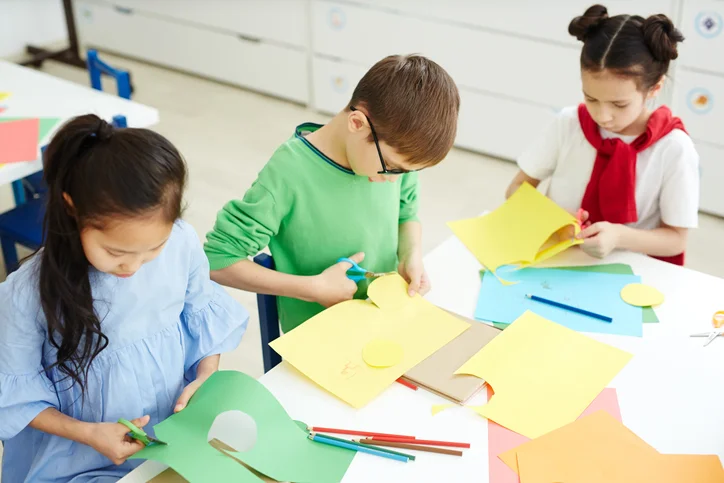Creating a Writing Inspiration Station
/There’s nothing like the dreaded feeling of sitting at your desk with a blank sheet of writing paper staring back at you. You see some of your classmates busily jotting down ideas; you see them creating their prewriting map; or you see some classmates looking upward with a pleasant grin, lost in their imagination. Not you though; your white paper just taunts you with thoughts like these: “So, what are you going to write about this time?” or “There’s nothing to write about; you’re all out of ideas!”
Read More










